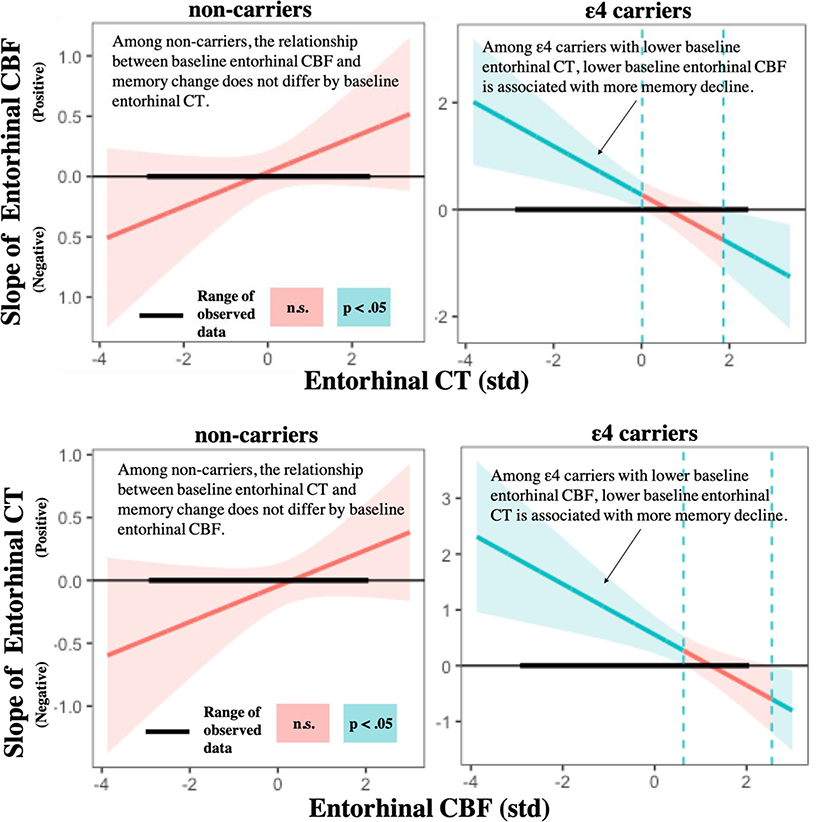Fig. 1c. Effects of entorhinal CT, CBF, and APOE on memory change.
Johnson-Neyman plots showing the intervals (depicted in blue) for which the interaction of EC CBF and CT on memory change is statically significant for ε4 carriers and non-carriers. Lower baseline entorhinal CBF is associated with greater memory decline, but only among ε4 carriers with lower (≤ 0.01SD) baseline entorhinal CT. Similarly, lower baseline CT is associated with greater cognitive decline, but only among ε4 carriers with lower (≤ 0.63SD) baseline entorhinal CBF. These findings suggest that, among ε4 carriers, the combination of lower CT and lower CBF in the entorhinal cortex is associated with future cognitive decline, whereas having higher levels of at least one of these brain measures (CBF or CT) at baseline is relatively protective against future cognitive decline. Note: EC= Entorhinal cortex; APOE= Apolipoprotein E gene; CBF= Cerebral blood flow; CT= Cortical thickness; std= Z-score standardization; n.s.= not significant

